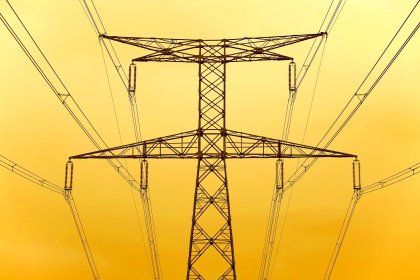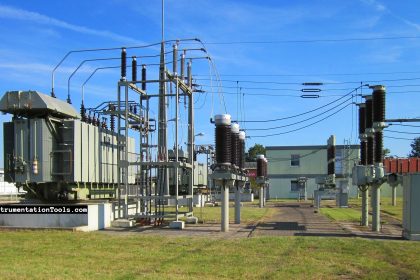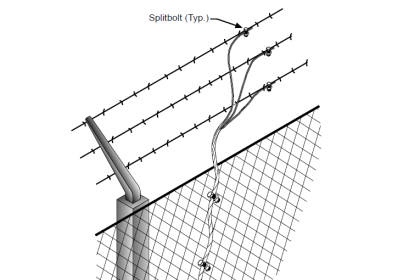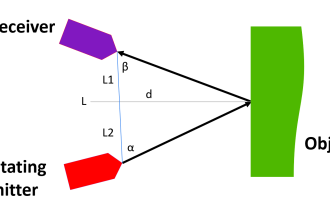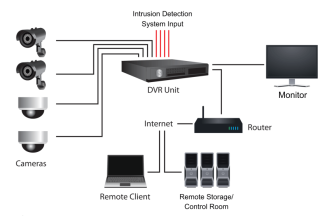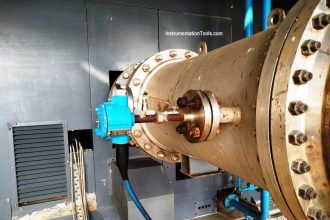In this post, we will learn the difference between permittivity and permeability.
If you are studying magnetic fields and you do not know about permittivity and permeability, then you probably won’t be able to understand more theories deeply. They are very important terms in electromagnetism.
Because electromagnetism is used in almost every field, it is necessary to understand them.
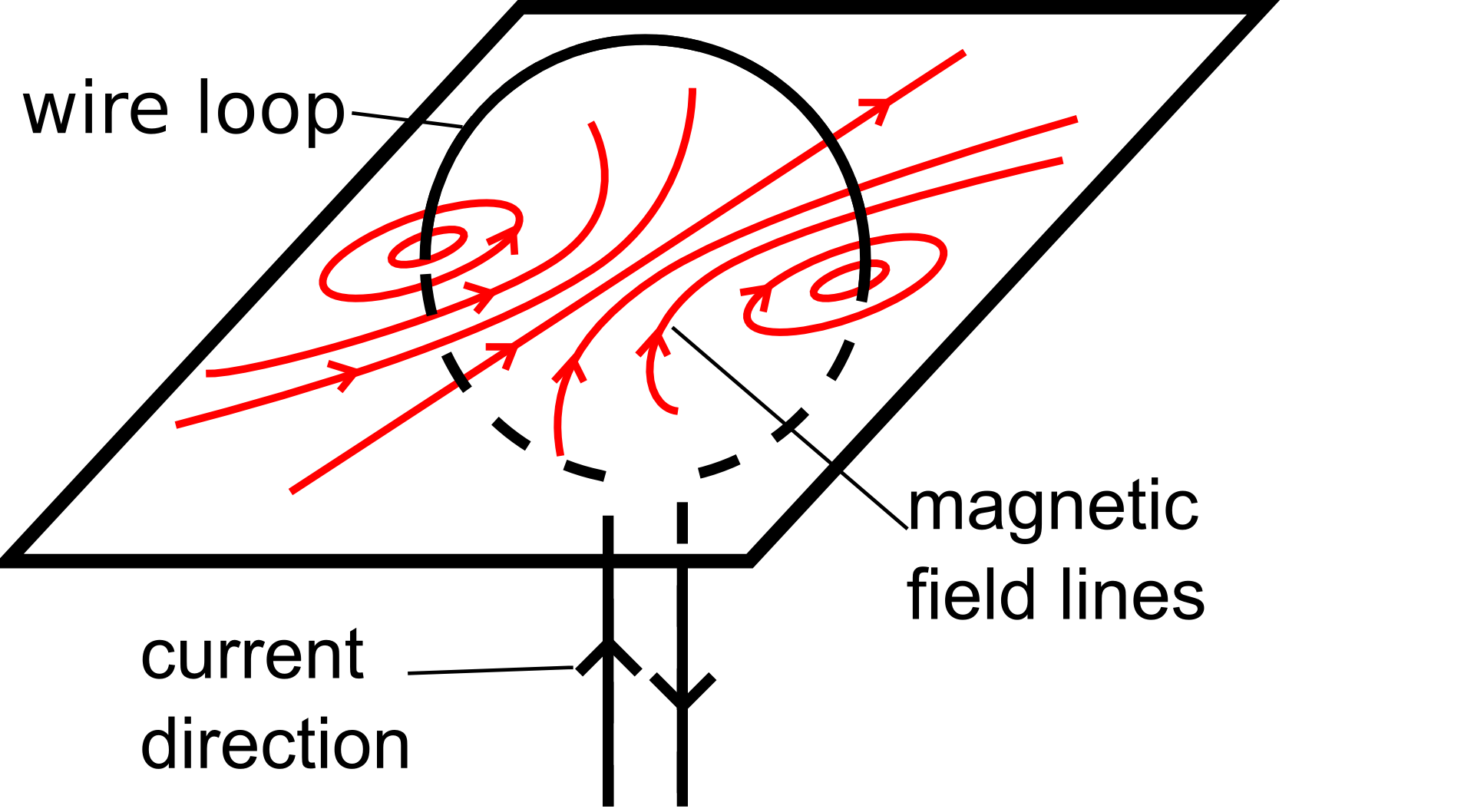
What is Permittivity?
It is a property related to the media’s electric field (vacuum, air, gas). Suppose there is a media between two conductors. Every media has an atom (electrons and neutrons). They are in an unbalanced or uneven state (which means placed anywhere in the media) without any electrical interference.
When an electric field is applied to the conductors, the atoms polarise themselves in a proper direction and this movement by them creates their own electric field, which opposes the external electrical field applied to the conductors.
They start to move away from it. This opposition is known as permittivity. It measures the opposition offered against the formation of an electric field. If they are properly aligned and moving away from the electric field, then it means that the media is having better permittivity.
It is represented by the Greek alphabet ϵ. It is calculated by the following formula – electric displacement/intensity of the electric field. It can vary depending on the type of material used, the strength of the electric field, environmental specifications of temperature and humidity, etc. So, permittivity is majorly related to the electric field.
What is Permeability?
Let me explain this with a simple example. You have two materials – iron and wood. As you know, iron is conducting and wood is non-conducting. When you place a magnet near iron, it will attract to it and when you place it near wood, it would not.
A magnet has a magnetic field around it. When a material has the ability to allow the magnetic flux to pass through it and cause attraction towards the magnet, then it is called permeability. It is a measure of the material to allow the formation of magnetic lines within its range.
The point is not only about conducting and non-conducting. It can also happen that there are two conducting materials. One will have higher permeability and one will have lower. The higher one will attract quickly even from a longer distance to the magnet; which means it has the capability of forming stronger magnetic fields with the magnet.
Permeability is denoted by the Greek alphabet μ. It is calculated by the following formula – the magnitude of magnetic induction/intensity of the magnetic field. It can vary depending on the type of material used, the strength of the magnetic field, environmental specifications of temperature and humidity, etc. So, permeability is majorly related to the magnetic field.
Difference Between Permittivity and Permeability
The main differences between permeability and permittivity are as follows.
- As learned earlier, permeability is related to the magnetic field, whereas permittivity is related to the electric field. Permeability is the measure of application or allowance to the magnetic field, whereas permittivity is the measure of opposition to the electric field.
- Permittivity is represented by the Greek alphabet ϵ, whereas permeability is represented by the Greek alphabet μ.
- Permittivity is calculated by the following formula – electric displacement/intensity of electric field; whereas permeability is calculated by the following formula – the magnitude of magnetic induction/intensity of the magnetic field.
- The SI unit (international system of units) of permittivity is Farad/meter, whereas the SI unit of permeability is Henry/meter,
- Permittivity is used in capacitors; whereas permeability is used in inductors and transformer cores. Permittivity is a very important quantity in electromagnetism. Usually, the materials having higher values of permittivity are highly polarizable. The higher the permittivity of a medium, the more energy is stored in the medium. Permeability is a very important quantity, especially in material sciences and engineering. For example, it is important to choose a material with high magnetic permeability when designing transformer cores and inductors.
In this way, we understand the difference between permittivity and permeability.
If you liked this article, then please subscribe to our YouTube Channel for Electrical, Electronics, Instrumentation, PLC, and SCADA video tutorials.
You can also follow us on Facebook and Twitter to receive daily updates.
Read Next:
- Background of Modbus
- Instrumentation Cables
- Plant Trip Due to Incorrect Tag
- What is a Voltage Reference?
- What is Gas Chromatography?
